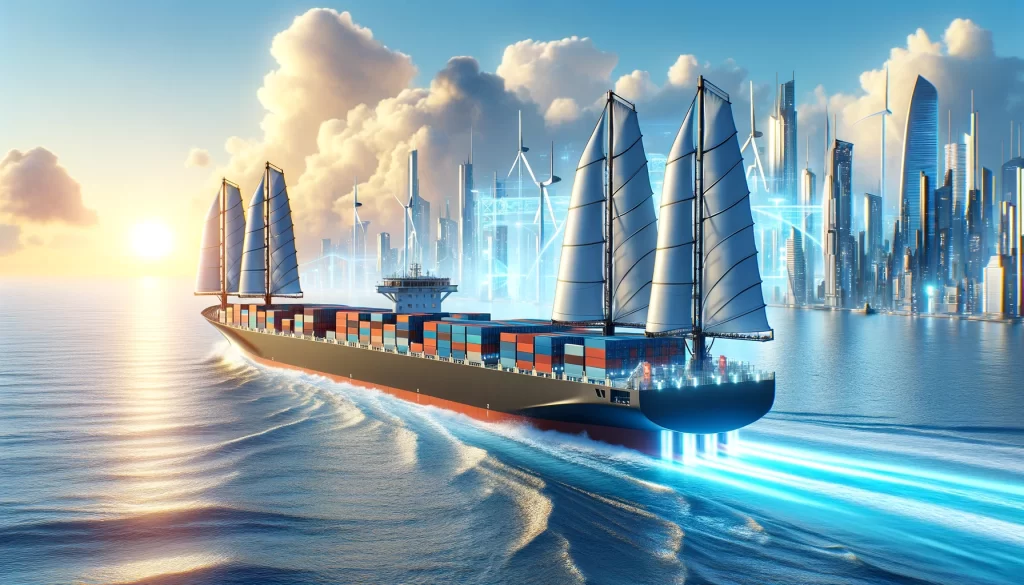
Setting Sail for Sustainability: Hapag-Lloyd’s Innovative Wind-Assisted Container Ship Project

Hapag-Lloyd, teaming up with Boris Herrmann’s Team Malizia, has embarked on an exciting venture to create a new kind of container ship. This isn’t just any ship; it’s a 4,500 TEU vessel designed with a wind-assisted propulsion system, a bold step towards greener maritime transport. The project kicked off with a concept study wrapped up in May 2023, laying the groundwork for what could be a significant shift in how we think about shipping and sustainability. Their vision? A ship equipped with eight innovative sails, spanning a total of 3,000 square meters. These aren’t your traditional sails, though. They’re designed to be both extendable and retractable, ensuring they don’t get in the way of loading cargo or run the risk of damage. It’s a clever design that means the ship could, under the right conditions, sail using just the power of the wind.
Now, they’re deep into the second phase, which is all about getting into the nitty-gritty of how this ship would fare in real-world conditions. Think of it as a virtual test drive: using computer simulations, the team is exploring how the ship would handle different weather scenarios and how much energy they could save with this innovative sail system. They’re not leaving any stone unturned, examining everything from how the ship performs at various speeds and loads to what happens if a sail gets damaged. Christoph Thiem from Hapag-Lloyd is particularly keen on this part, knowing that the success of the project hinges on these details. It’s a complex puzzle, but solving it could pave the way for a revolution in shipping.
But it’s not just about the ship itself. Hapag-Lloyd is also reaching out to other industry players like Cargill, sharing ideas and insights on how wind-assisted propulsion could reshape the future of maritime trade. These conversations are part of a bigger push towards eco-friendly shipping solutions, showing that Hapag-Lloyd is not just innovating for themselves but leading a charge for the entire industry. With an eye on the horizon, they’re also exploring other sustainable options and technologies, all part of their ambitious goal to hit net-zero emissions by 2045. Martin Köpke from Hapag-Lloyd is particularly vocal about the need to demystify wind propulsion and to tackle the practical challenges it brings – from making it cost-effective to training crews and navigating the new regulatory waters. It’s a bold, forward-thinking approach, showing Hapag-Lloyd’s commitment to not just keeping up with the times, but staying ahead of them.